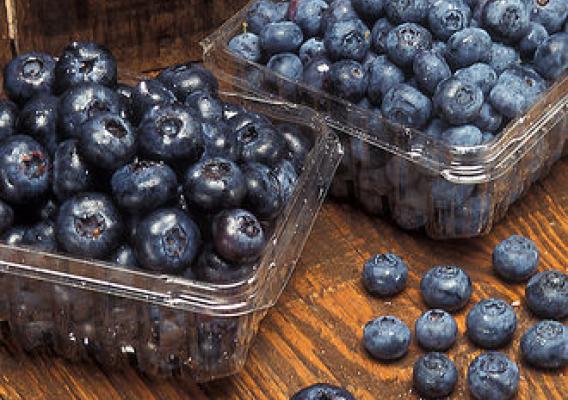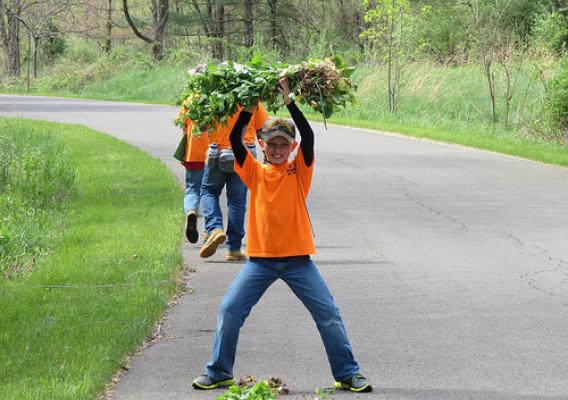As AmeriCorps celebrates its 20th anniversary, USDA salutes the deep relationship we’ve had with these remarkable volunteers and service members. From engaging in critical natural conservation efforts to helping kids learn more about nutrition and gardening to working directly with local organizations in communities enduring chronic poverty, USDA is proud to be an AmeriCorps partner.
AmeriCorps service crews are working side by side with the Forest Service to protect public lands and fight fires. For instance, a recently announced $3.8 million partnership between AmeriCorps and the USDA’s Forest Service and over 100 other organizations participating in the 21st Century Conservation Corps, creates service opportunities for 300 new AmeriCorps members. Through this opportunity, military veterans and youth restore our treasured public lands by rebuilding trails, managing forests and rehabilitating campsites for generations to enjoy. These service members are also doing critical wildfire management activities like tree thinning, prescribed burns and hazardous fuel control. Meanwhile, in northwest California, the AmeriCorps Watershed Stewards Project is restoring coastal watersheds from San Francisco to the Oregon border. This effort, a partnership between the California Department of Fish and Game, Humboldt State University, and other members of the fisheries, watershed and science community, has been going strong for twenty years.










